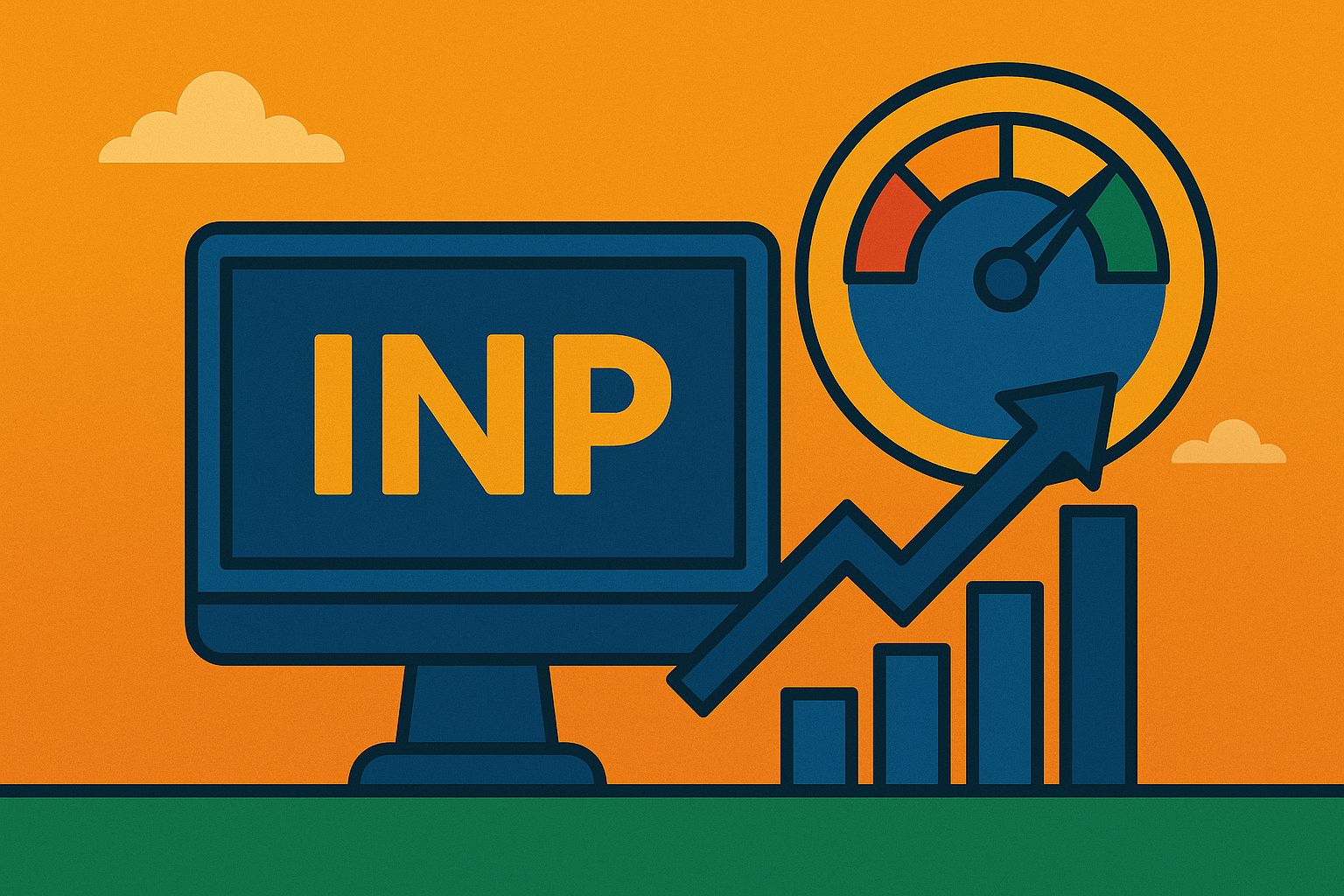Social media has become a cornerstone for businesses and individuals aiming to establish a strong online presence. From multinational corporations to influencers, everyone seeks to leverage the power of social media platforms to connect with audiences, build brand awareness, and drive conversions. The transition from engagement to conversion is not a straightforward journey; it requires well-thought-out strategies, creativity, and an understanding of audience behavior. This article provides a comprehensive guide on designing impactful social media campaigns that move beyond mere engagement and lead to meaningful conversions.
1. Understanding the Importance of Social Media Campaigns
Social media campaigns are crucial to modern digital marketing strategies because they allow businesses, influencers, and brands to directly connect with their audience, build relationships, and drive measurable outcomes. The significance of these campaigns extends beyond simple engagement metrics; they provide a platform for storytelling, building trust, and achieving specific business goals. Let’s delve deeper into why social media campaigns are essential:
1.1. Reaching a Diverse and Global Audience
Social media platforms have billions of active users globally, offering unparalleled access to diverse audiences. This diversity allows businesses to target specific segments based on demographics, interests, behaviors, and even online activities. This kind of granular targeting helps in creating personalized content that resonates with different audience types, increasing the chances of engagement and conversion.
- Scalability: Social media campaigns can be scaled up or down based on budget, resources, and goals. Whether you are a startup or a multinational corporation, the scalability of social media allows you to reach your target audience effectively.
- Real-Time Interaction: Unlike traditional marketing channels, social media allows brands to interact with their audience in real-time. This immediacy helps in building stronger connections and addressing customer concerns more efficiently, leading to enhanced customer satisfaction and loyalty.
1.2. Cost-Effective Marketing with High ROI
Social media campaigns often require less financial investment than traditional advertising methods like TV, radio, or print. This cost-effectiveness makes it accessible for businesses of all sizes. More importantly, social media marketing offers measurable results, allowing brands to calculate the return on investment (ROI) with precision.
- Organic Reach vs. Paid Advertising: While organic reach can help build a community over time without any financial investment, paid social media advertising can significantly boost visibility in a short span. With features like retargeting and custom audiences, paid social ads can be highly effective in reaching those who are already interested in your product or service.
- Cost Per Click (CPC) and Cost Per Acquisition (CPA): These metrics help marketers understand how much they are spending to achieve their goals, whether it’s clicks, leads, or sales. Social media platforms provide detailed analytics, allowing marketers to optimize campaigns for better results continually.
1.3. Enhancing Brand Awareness and Recognition
Building brand awareness is one of the primary goals of social media campaigns. A well-executed campaign ensures that your brand stays at the top of consumers’ minds, increasing the likelihood of them choosing your product or service when the need arises.
- Consistent Branding: Repeated exposure to consistent brand messaging across various platforms helps in solidifying brand identity. The use of branded content, visual assets, and unique storytelling can enhance brand recognition and recall.
- Positioning and Differentiation: Social media allows brands to differentiate themselves from competitors through unique content and engagement strategies. Whether it’s through a unique tone of voice, customer service, or visual identity, social media offers multiple touchpoints for showcasing what sets your brand apart.
1.4. Building and Nurturing Customer Relationships
Social media is more than just a platform for broadcasting content; it is a space for dialogue, engagement, and relationship-building. Engaging directly with customers allows brands to build trust and establish a loyal customer base.
- Customer Feedback and Engagement: Social media platforms provide an open channel for customers to share their experiences, feedback, and suggestions. Brands that actively listen to and engage with their audience can make data-driven improvements and foster a sense of community.
- Humanizing the Brand: Interacting on social media allows businesses to show their human side, making them more relatable and approachable. Sharing behind-the-scenes content, responding to customer queries, and showcasing brand values help humanize the brand, making it more trustworthy.
1.5. Driving Traffic and Conversion
While engagement is crucial, the ultimate goal of most social media campaigns is to drive traffic to a website, landing page, or e-commerce store, and convert that traffic into leads or customers.
- Content That Converts: Effective social media campaigns leverage content that not only engages but also guides the audience through the conversion funnel. This includes creating informative blog posts, eye-catching visuals, and compelling videos that educate, inspire, or entertain while strategically driving traffic to a conversion point.
- Optimizing Landing Pages: For social media campaigns to be effective in driving conversions, the destination—often a landing page—needs to be optimized. This includes having a clear and persuasive message, a strong call-to-action (CTA), and a seamless user experience that aligns with the campaign.
1.6. Gaining Competitive Advantage through Data and Insights
Social media platforms provide an abundance of data and insights that can be used to gain a competitive advantage. By analyzing engagement metrics, audience behavior, and content performance, brands can continuously refine their strategies for better outcomes.
- Social Listening: This involves monitoring social media platforms for mentions of your brand, competitors, products, and any relevant conversations. Social listening tools can help in understanding public sentiment and identifying potential areas for improvement or new opportunities.
- Benchmarking Against Competitors: Regular analysis of competitors’ social media performance can provide valuable insights into what strategies are working in your industry. Brands can adapt and innovate based on these learnings to stay ahead of the competition.
1.7. Facilitating Virality and Amplification
One of the unique aspects of social media is the potential for content to go viral. A single well-crafted post can be shared, liked, and commented on by thousands, if not millions, of users, exponentially increasing brand exposure.
- Creating Shareable Content: To tap into the potential of virality, social media campaigns should focus on creating content that is highly shareable. This could be in the form of relatable memes, impactful quotes, valuable tips, or trending challenges that encourage user participation.
- Leveraging Influencers and Advocates: Partnering with influencers who align with your brand values can help amplify your message to a broader audience. Influencers can lend credibility and authenticity to your campaign, enhancing its effectiveness.
1.8. Supporting Broader Marketing and Business Goals
Social media campaigns do not operate in a vacuum. They should align with broader marketing strategies and business objectives. When executed properly, they can complement and enhance other marketing efforts, such as email marketing, content marketing, and search engine optimization (SEO).
- Integrated Marketing Communications (IMC): Social media campaigns should be integrated into the broader marketing mix to ensure a consistent message across all channels. This synergy helps reinforce brand messaging and drives better overall results.
- Cross-Promotion: Using social media to cross-promote other marketing efforts, such as webinars, product launches, or events, can increase their reach and impact.
2. Key Elements of an Impactful Social Media Campaign
An effective social media campaign must incorporate several key elements that work together to create a seamless and persuasive user experience:
- Clear Objectives and Goals: Define what success looks like for your campaign. Objectives could range from increasing brand awareness, generating leads, boosting website traffic, or driving sales. Specific, Measurable, Achievable, Relevant, and Time-bound (SMART) goals help in focusing efforts and measuring success.
- Audience Segmentation and Targeting: Knowing your audience is crucial for designing impactful campaigns. Utilize analytics and data to segment your audience based on demographics, interests, behavior, and more. Targeting ensures that your content reaches the right people who are more likely to engage and convert.
- Compelling Content Creation: Content is the heart of any social media campaign. Whether it is a video, blog post, infographic, or meme, content should be relevant, engaging, and tailored to the preferences of your target audience. It should evoke emotions, tell a story, and have a clear call to action (CTA).
- Utilization of Visual Elements: Visual content is processed 60,000 times faster than text, making it a critical component of social media marketing. High-quality images, videos, and infographics can significantly increase engagement rates.
- Platform-Specific Strategies: Each social media platform has its own unique audience and content style. A campaign that works on Instagram may not yield the same results on LinkedIn. Understanding the nuances of each platform and tailoring your content accordingly is crucial.
3. Creating Content that Resonates and Engages
The creation of content that truly resonates with your audience is a cornerstone of any successful social media campaign. Here’s how to achieve it:
- Storytelling: Narratives that connect on an emotional level tend to be more memorable. Share stories that reflect your brand values, customer experiences, or behind-the-scenes moments.
- User-Generated Content (UGC): Encouraging users to create content around your brand not only builds trust but also increases engagement. Contests, challenges, and hashtags can motivate users to share their experiences.
- Influencer Partnerships: Collaborating with influencers who resonate with your brand values and have a substantial follower base can help amplify your reach and credibility.
- Engaging Copywriting: The language used in your posts should be clear, concise, and persuasive. Strong CTAs and engaging headlines are critical for capturing attention and prompting action.
4. Utilizing Analytics for Continuous Improvement
One of the key advantages of digital marketing over traditional methods is the ability to measure and analyze performance in real-time. Social media platforms provide a wealth of data and insights that can be leveraged for continuous improvement.
- Monitoring Key Performance Indicators (KPIs): Common KPIs for social media campaigns include engagement rate, click-through rate (CTR), conversion rate, and return on investment (ROI). Regularly monitoring these metrics helps identify what’s working and what needs adjustment.
- A/B Testing: Experimenting with different content formats, headlines, visuals, and posting times can provide insights into what resonates most with your audience. A/B testing allows for data-driven decisions to optimize campaign performance.
- Understanding Audience Behavior: Analytics can reveal patterns in how your audience interacts with your content. This data can guide future content creation, posting schedules, and engagement strategies.
5. Turning Engagement into Conversion
While engagement is important, the ultimate goal of any social media campaign is conversion—turning followers and viewers into customers or loyal advocates of the brand.
- Strong Call to Actions (CTAs): Every post should have a clear and compelling CTA that guides users toward the next step, whether it’s visiting a website, signing up for a newsletter, or making a purchase.
- Landing Pages Optimization: Ensure that the pages users land on after clicking on your CTA are optimized for conversion. This includes fast loading times, mobile responsiveness, clear messaging, and easy navigation.
- Retargeting Strategies: Retargeting users who have previously interacted with your brand but have not yet converted can be highly effective. Personalized ads that remind users of their initial interest can increase the chances of conversion.
- Leveraging Social Proof: Reviews, testimonials, and user-generated content serve as social proof that can build trust and encourage conversions. Highlighting positive customer experiences can significantly impact a potential buyer’s decision.
6. Leveraging Emerging Trends and Technologies
The landscape of social media marketing is ever-evolving, with new trends and technologies shaping the way brands engage with their audiences.
- Artificial Intelligence (AI) and Machine Learning: AI can help in personalizing content, automating customer service through chatbots, and analyzing user data for more targeted campaigns. Machine learning algorithms can predict user behavior, allowing for more precise targeting.
- Video Content and Live Streaming: With the rise of platforms like TikTok and Instagram Reels, short-form video content is becoming a dominant form of engagement. Live streaming is also gaining traction, offering real-time interaction and a more authentic connection with the audience.
- Augmented Reality (AR) and Virtual Reality (VR): Brands are increasingly using AR and VR to create immersive experiences for their audiences. From virtual try-ons to interactive ads, these technologies can significantly enhance user engagement.
- Ephemeral Content: Temporary content, such as Instagram Stories and Snapchat Snaps, creates a sense of urgency and exclusivity, encouraging users to engage more quickly.
7. Case Studies: Successful Social Media Campaigns
Learning from successful social media campaigns can provide valuable insights into what works and why.
- Nike’s “Dream Crazy” Campaign: Featuring Colin Kaepernick, this campaign focused on standing for a cause, aligning with the values of their target audience, and generating a powerful emotional response. It resulted in a significant increase in engagement and sales.
- Dove’s “Real Beauty” Campaign: By focusing on body positivity and challenging beauty standards, Dove was able to create a strong emotional connection with its audience. This campaign not only increased brand loyalty but also drove sales.
- ALS Ice Bucket Challenge: This user-generated content campaign became a global phenomenon, raising both awareness and funds for ALS. It demonstrated the power of virality and user participation in social media campaigns.
8. Conclusion: The Future of Social Media Campaigns
Designing impactful social media campaigns is crucial in today’s digital landscape, where businesses, influencers, and individuals compete for attention and engagement. The journey from engagement to conversion is a multi-faceted process that requires careful planning, audience understanding, creative content creation, and data-driven decision-making. The strategies highlighted in this guide—from setting clear objectives and creating compelling content to leveraging analytics and embracing emerging technologies—are fundamental to building successful campaigns that not only engage but also convert. A critical takeaway is the importance of understanding your audience. The more you know about the preferences, behaviors, and needs of your target audience, the better you can tailor your content and messaging. Audience segmentation, targeted ads, and personalized content are no longer optional but necessary to stand out in a saturated market. By tapping into emotional connections through storytelling and leveraging user-generated content, brands can build stronger, more authentic relationships with their followers.




